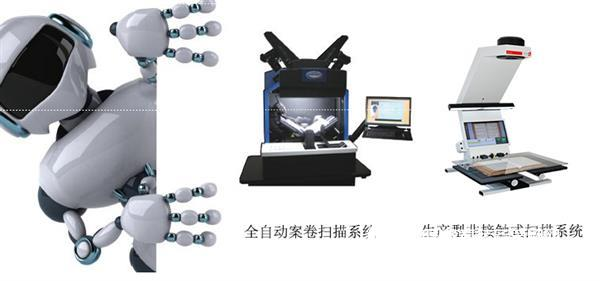The construction of China's college education network platform aims to develop and gather rich and excellent college network teaching resources and create a atmosphere in which curriculum developers participate in the construction of high-quality resources, create a good environment for resource sharing, and continuously form and enrich excellent curriculum resources. And achieve the popularization and efficient use of high-quality resources. The sharing and sharing of digital resources has become an important issue facing the library community. The sharing of digital resources has also become one of the research hotspots in the library community. What kind of digital resource sharing concept is established, how to establish a digital resource sharing management organization, how to strengthen the characteristic construction of network digital resources, what measures to adopt to train a new generation of information management talents, and improve information resources service capabilities have become university books The important content of the museum's digital resource sharing research.

The digital library organizes and manages information resources through digital technology, and can store a large amount of information. Users can efficiently and conveniently conduct inquiry and retrieval services through the Internet. At present, the status quo of digital library resource management in colleges and universities: each university has its own strategy, pursuing a large and complete, repeated collection, blind investment, and repeated construction. 1. The management system is backward; the sharing of information resources between different government departments is difficult; 2. The concept is outdated and the sense of cooperation is not strong. 3. The sharing method is backward and lacks effective technical support. The quality and depth of information resources cannot meet the needs of users; 4. The degree of standardization is low. 5. Insufficient scale benefits. The cost of resource sharing is relatively high, and the benefits of large-scale operation are not achieved. Except for cataloging information sharing, other databases and special resources are mostly under construction; the scope of sharing is still limited. 6. Information resource sharing mainly relies on government capital investment, and the sharing system is insufficiently self-sufficient. 7. Binding resources that lag behind in infrastructure. 8. Policies, regulations, standards, investments, and security related to the sharing and sharing of information resources have not been perfected.
Digital library and grid research have many similarities, the purpose of which is to solve the problem of sharing and interoperability of heterogeneous information in a wide-area environment. Therefore, grid technology provides strong support for the construction of digital books. With the continuous development of digital libraries, more and more advanced information technologies have been applied, and digital libraries have made efforts to integrate digital information resources of different carriers and different regions. Grid technology is precisely the combination of high-performance computers, data resource integration, and the Internet technologies, enabling grids with high processing performance, service integration, knowledge production and innovation, resource sharing, support for open standards, and off-site The advantages of synergy and dynamic changes of functions provide favorable conditions and strong technical support for the construction of digital libraries.

The most important thing in the construction of digital libraries is the scanning process of books. There are many types of scanning devices on the market. There are flat-plate, zero-edge scanners, high-speed scanners, and drum-type scanners. These are different. The books are scanned, but the most used books for scanning such books are the contactless scanner book2net series and the fully automatic scanner kabis series. The book2net series of scanners can scan without unwinding. The kabis series is a fully automatic scanning device that does not require manual intervention and does not require manual intervention. It can be scanned directly into the book.
In particular, there are some precious ancient books in college libraries that need to be scanned. These books can not be damaged. The book2net series of ancient books is the best. The book2net ancient book scanner is equipped with a professional glass plate. Specially scanned for some old and worn books. Such professional book scanners are all based on matrix ccd technology for point-to-point scanners. Why is it so fast to scan such a subtle point? The aerospace-class matrix ccd technology is relatively mature and costly, and is usually used on equipment with high precision.
The guiding ideology of the construction of digital libraries in universities should be forward-looking: 1. Characteristicization of resource construction, high integration and integration of information in the grid environment, and rational allocation and coordination of resource construction. 2. Enhance the interoperability of university digital library systems to better share resources through the grid system. 3. Further improve the collaborative services of digital libraries, and the system model will move towards an integrated, multi-level distribution system to realize the integration of various service components. 4. Constantly enrich the interaction model in the service. Make digital library services more targeted and personalized, and constantly adapt to the requirements of development and change.
Water Drawing Board
Guangdong Jishengke Industrial Co.,Ltd , https://www.jskpads.com